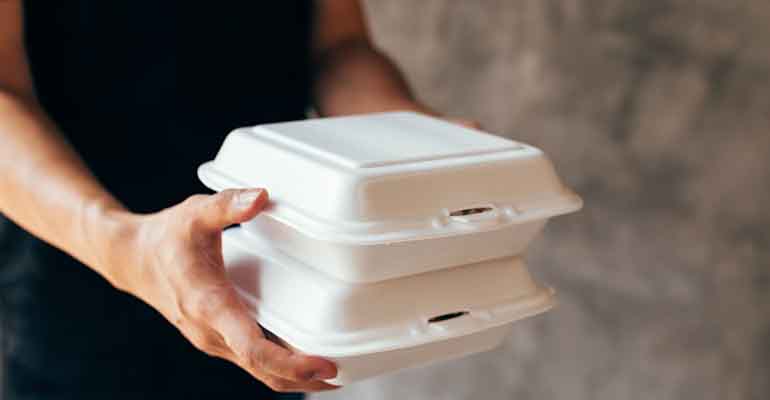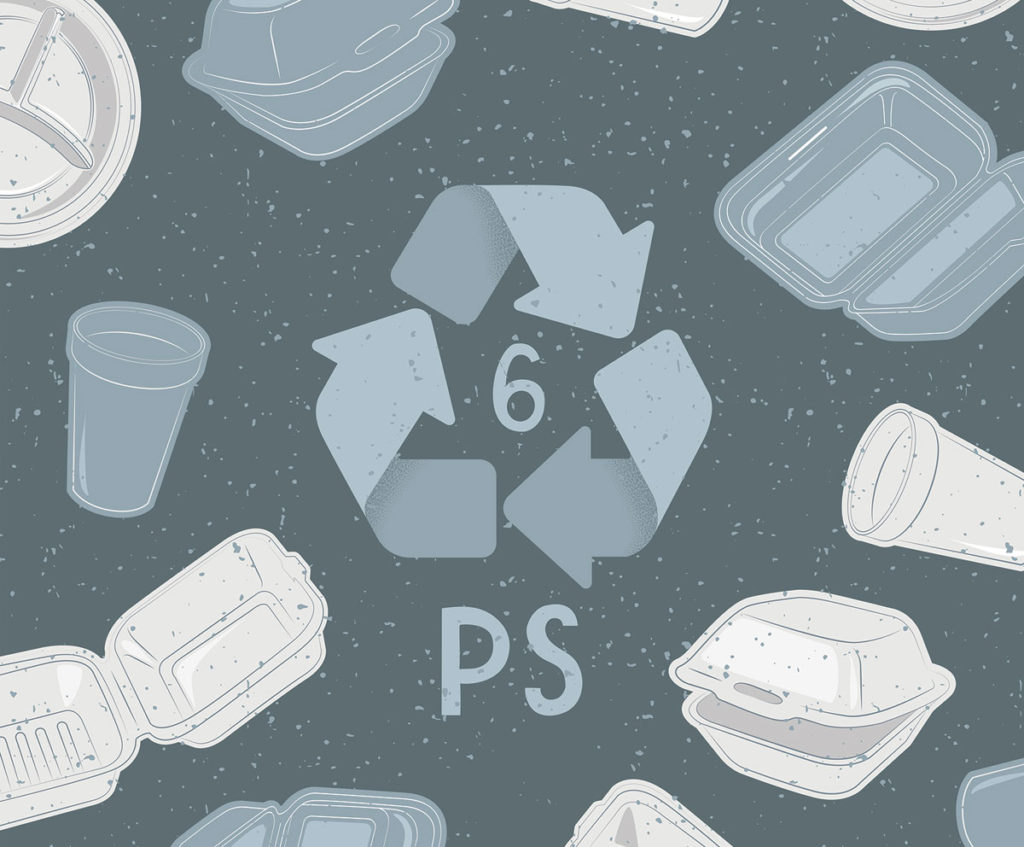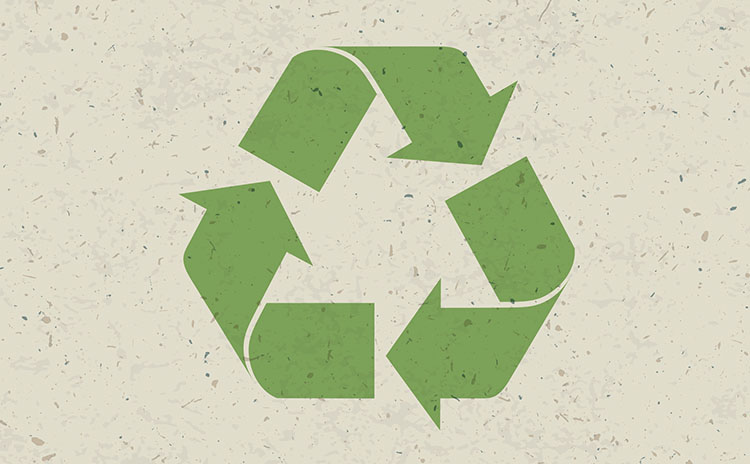You have actually seen it in almost every movie embedded in a New York city wintertime– the motion picture’s primary character bundled in a layer, holding a cup of warm “Kwa-fee”– in a polystyrene foam mug.
Over 100 districts in 12 states including New York and California have currently prohibited polystyrene foam with another seven municipalities considering it.
So what does this mean for us? Should we continue to utilize polystyrene foam as well as focus on improved recycling, or make a clean break by outlawing it?
Polystyrene is a plastic origin from petroleum. Polystyrene beads are steamed as well as expanded before being molded right into the called for foam shape. Expanded polystyrene (EPS) mostly includes air as well as is valued for its insulation and also lightweight properties.
Nonetheless, these properties additionally make it problematic in landfills. It flakes easily; ends up in rivers as well as eventually in our seas contributing to the “Pacific garbage patch” amongst various other troubles.
How much can we recycle?
In 2010-11 the Australian economy consumed 41,651 tonnes of EPS.
According to Expanded Polystyrene Australia, polystyrene foam is one hundred percent recyclable. In 2010-11 only 3504 tonnes were recycled, relating to a total recycling price of just 8.4 percent.
From 2011 to 2013, the Australian Packaging Covenant and also the NSW EPA aimed to progress on EPS recycling, to their credit, by providing $500,000 in grant financing across 19 organizations.
The program recuperated an additional 222 tonnes a year of EPS, enhancing the overall recycling rate by 0.5 percent to 8.9 percent.
How would we grow to recycle?
A lot of huge generators of EPS have recycling systems (melters, compactors, collection services) already. To substantially raise the recycling rate of EPS, capture rates will need to be enhanced:
- residential and business kerbside recycling would require to consist of EPS (it is mostly omitted).
- commercial collection would need a continuous subsidy from the federal government for all EPS recycling machines.
- “away from residence” recycling choices would have to adapt container capacities.
Would a restriction adversely impact Australian companies as well as the economy?
While the future for the handful of Australian EPS manufacturers would certainly be grim despite a restriction, various other Australian services will certainly adjust by using other packaging materials which are in fact recycled.
It has actually been over two decades because McDonald’s discontinued using EPS clamshell containers, with no significant damage caused to the firm’s brand name or profits.
Dunkin’ Donuts, for instance, has changed to polypropylene mugs (plastic # 5) in New York City where this product is approved in local recycling programs. The effect on the economic climate would certainly be marginal.
The challenge would be limiting imports of materials containing EPS packaging. The Sony TV would need to be packaged differently at the source. This would require federal and state government cooperation – not easy in the current political environment and EPS is not high on the environmental priority list of governments.
While I strongly support the NSW federal government’s efforts to trial EPS recovery grants as well as infrastructure, the fact is governments can not and also won’t fund over the long term. The private sector is not likely to step up its recovery effort without regulation or price signals (which must maintain a level playing field). Consumers don’t have many options today and also require clarity.
I assume the options speak for themselves, yet I expect your ideas.


